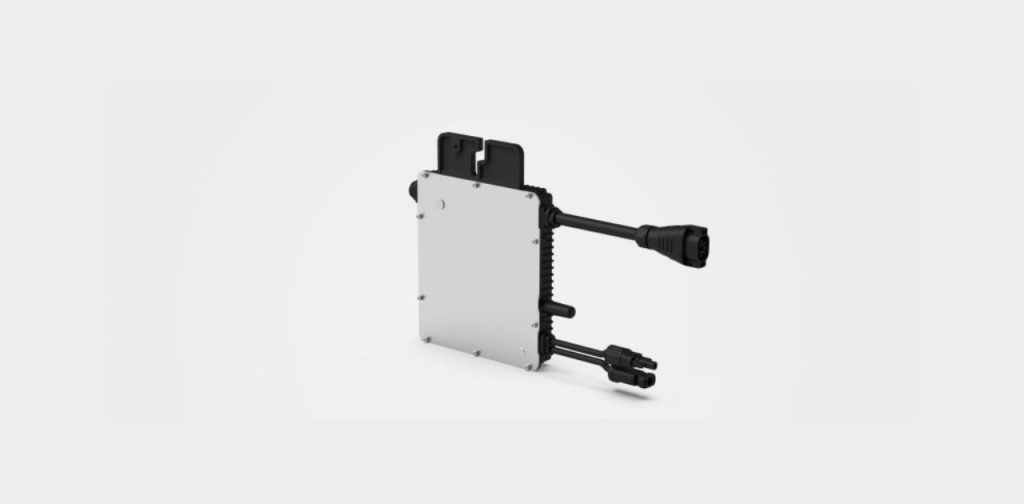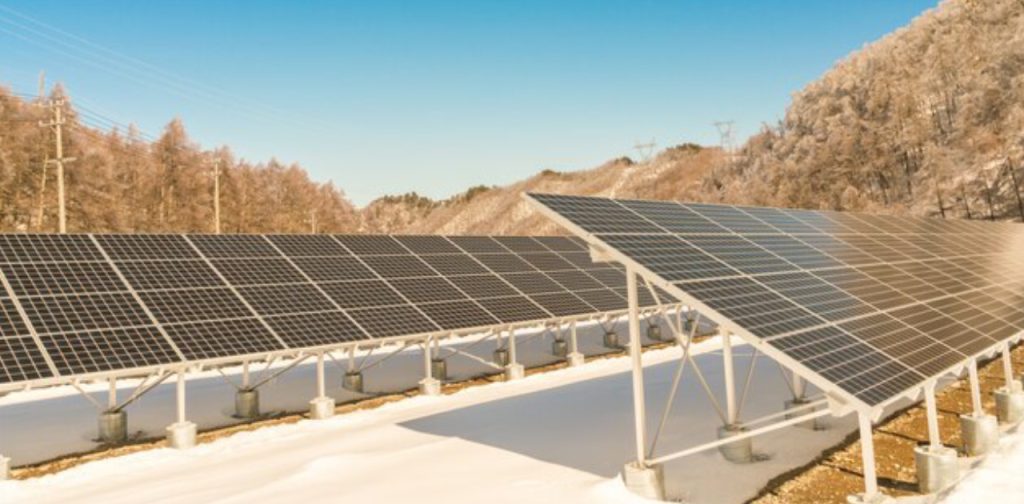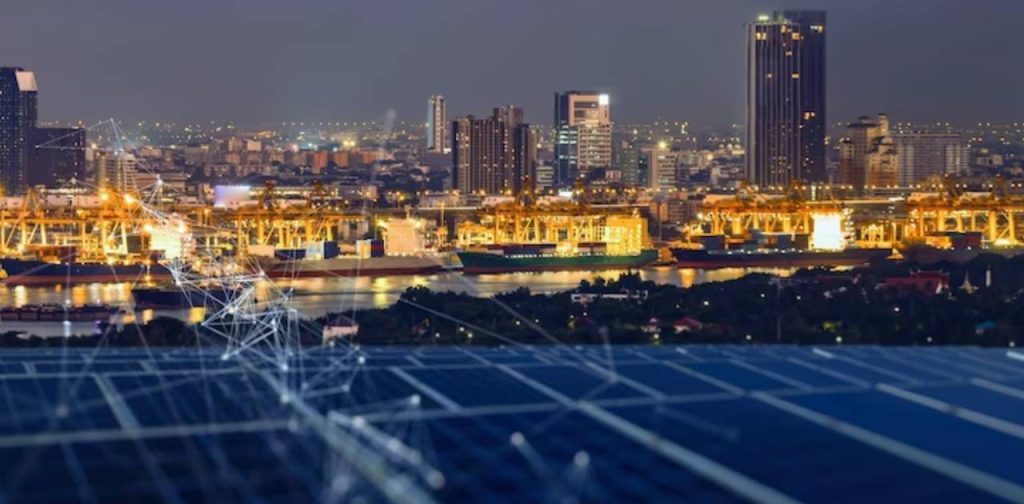What are Microinverters Solar Solutions | Redington Solar
Harness solar energy innovatively with microinverters, showcasing the Microinverters Solar Solutions. By revolutionizing photovoltaic systems, they optimize panel performance. Microinverters Solar Solutions, as opposed to standard string inverters, which connect many solar panels in series, are positioned beneath or beside individual panels. This individualized approach, a key part of how microinverters work, has a host of benefits. Microinverters optimize energy production by ensuring that the shading, dirt, or underperformance of one panel doesn’t compromise the entire system. Each panel operates independently, resulting in higher overall system efficiency. One of the most powerful features of microinverters is the granular level of real-time monitoring. Traditional systems give you an overall picture of energy production, but microinverters provide panel-level insights. You can monitor each panel’s output individually, through apps or web portals. This real-time visibility is a game-changer. It allows homeowners and installers to quickly spot any underperforming panels, whether due to shading, debris, or a technical fault. Early detection means problems can be promptly addressed, safeguarding your solar investment. Imagine it like monitoring the health of each individual in a crowd, ensuring everyone is contributing their best instead of just knowing the group’s overall wellbeing. Microinverters offer unmatched flexibility for complex roof layouts. Unlike traditional string inverters, where multiple panels are wired together, microinverters work on a panel-by-panel basis. This means they can handle roofs with sections facing different directions, varying angles, or areas prone to partial shading. With microinverters, a shaded panel won’t drag down the performance of the entire system, maximizing energy output. While Microinverter Solar Solutions might have a slightly higher initial price tag, they often offset this through increased efficiency – less power is wasted due to shading issues. Plus, microinverters simplify troubleshooting and maintenance, reducing long-term costs. If you want to make the most of a challenging roof and prioritize optimal solar power generation, microinverters are a highly compelling choice. In the dynamic world of solar technology, Microinverter Solar Solutions shine as a beacon of efficiency, adaptability, and improved performance. As solar energy continues to reshape our energy landscape, microinverters stand at the forefront of this transformative journey, highlighting the comparison between microinverters vs string inverters.






